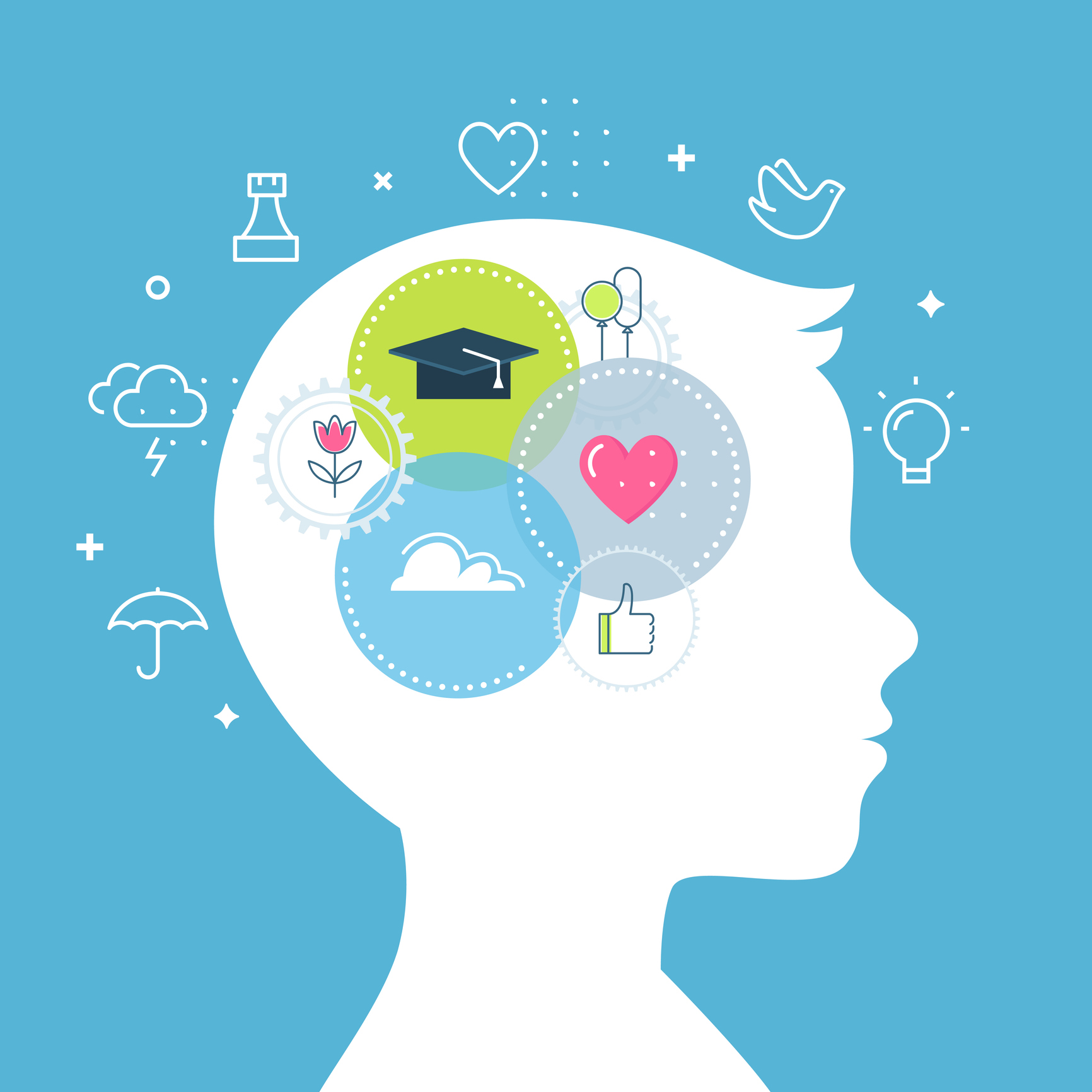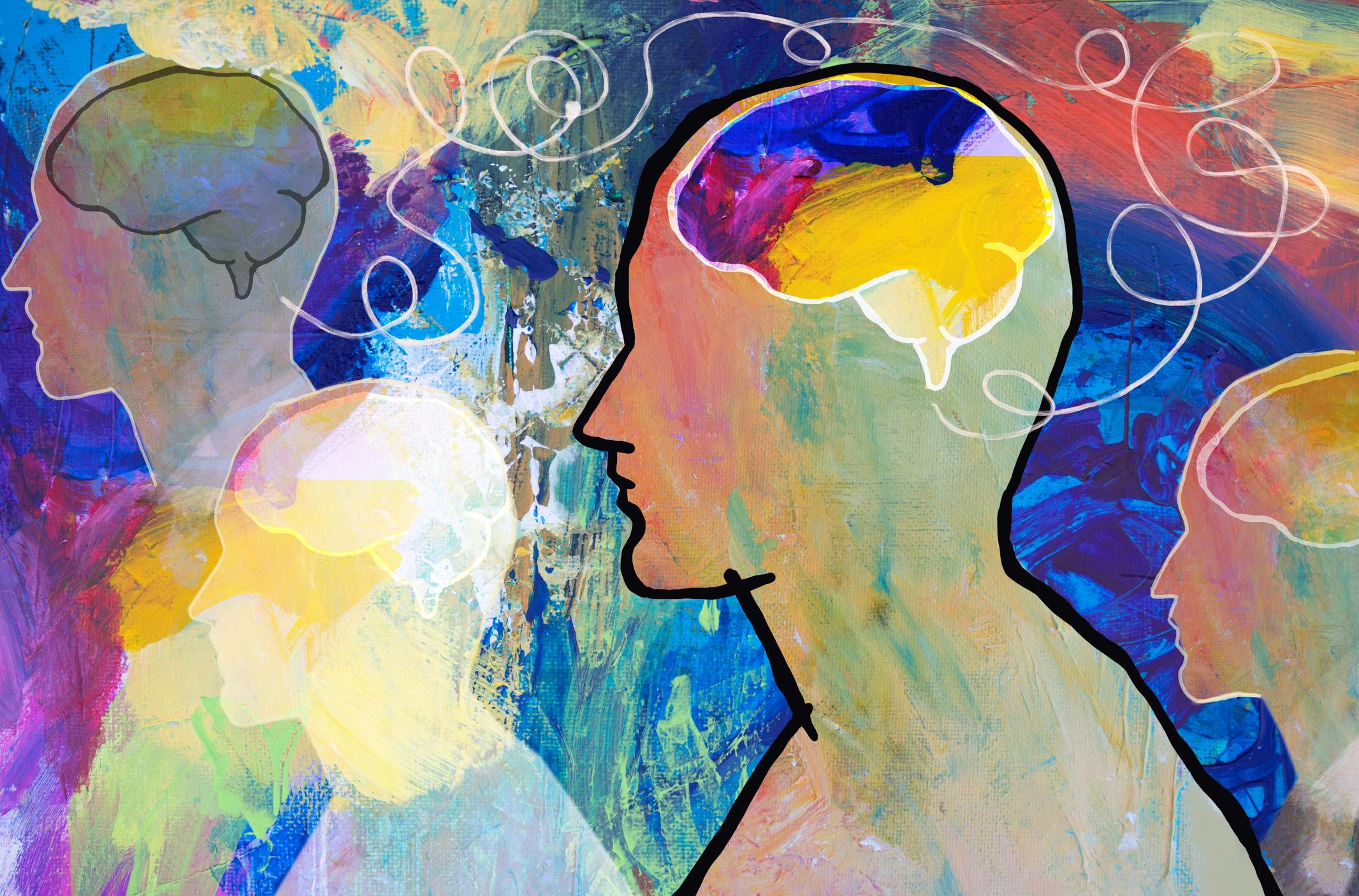A recent study done at the Stanford University School of Medicine found that the amygdala, a part of the brain associated with emotions including fear, plays a significant role in the development of teen anxiety.
In brain science, the amygdala is known as the “fear centre” in the brain. The Stanford study found that changes in the development of the amygdala were strongly related to developing anxiety disorders later in life. The researchers of the study performed non-invasive magnetic resonance imaging (MRI) scans on 76 children, ages 7 to 9 years of age. This is an age when anxiety-related symptoms are often first identified. The study also included having the children’s parents to fill out assessments, which were aimed at measuring the children’s levels of anxiety.
The results of the study revealed that those children with high levels of anxiety had larger amygdala volume and increased connectivity with other regions of the brain which are responsible for attention, emotional perception, and regulation. The research also led to the development of an equation that reliably predicted the children’s anxiety based upon the amygdala volume and the amygdala’s connectivity to other regions in the brain.
In general, teens tend to rely more on the amygdala, whereas adults rely more on their frontal cortex, leading to balanced thinking and behaviour. For the most part, the grey matter of the brain, which contains most of the brain’s neurons, is still growing in teens. However, for adults, the brain’s grey matter development is complete. Alongside this is the still-developing frontal cortex, which completes its growth during ages 23-26. On the other hand, in adults, the frontal cortex is completely developed. They are able to process and organize information. Adults, who are emotionally and psychologically healthy, are able to judge risky behaviour and factor into decision-making the consequences of their choices.
Typically, if an adolescent has experienced an anxiety-provoking event, he or she might do their best to avoid, often unconsciously, certain intense emotions. Some of these include powerlessness, helplessness, vulnerability, anxiety, rage, guilt, and shame. For instance, studies have concluded that those who have experienced trauma can feel the emotional responses to a traumatic event, even years later, to a similarly intense degree. The part of the brain that was stimulated, the amygdala, is slow to recover from trauma. This heightened brain state plus the body’s deregulated biochemistry and misfiring of neurons in the brain can continue to take place again and again. It’s common for adolescents who have experienced trauma to disconnect from the feelings and physical sensations that accompanied a traumatic experience. It’s typical for those suffering from dissociative disorders to avoid feelings as a way to cope with the trauma experienced.
However, what was significant about the Stanford study is that differences in the amygdala were noticed even for those children and teens who had levels of anxiety that were too low to be observed clinically.
“Our study,” commented Dr. Shaozheng Qin, a lead author of the study, “represents an important step in characterizing altered brain systems and developing predictive biomarkers in the identification of young children at risk for anxiety disorders.” He continued to say, “Understanding the influence of childhood anxiety on specific amygdala circuits, as identified in our study, will provide important new insights into the neurodevelopmental origins of anxiety in humans.”
Original article from https://paradigmmalibu.com






